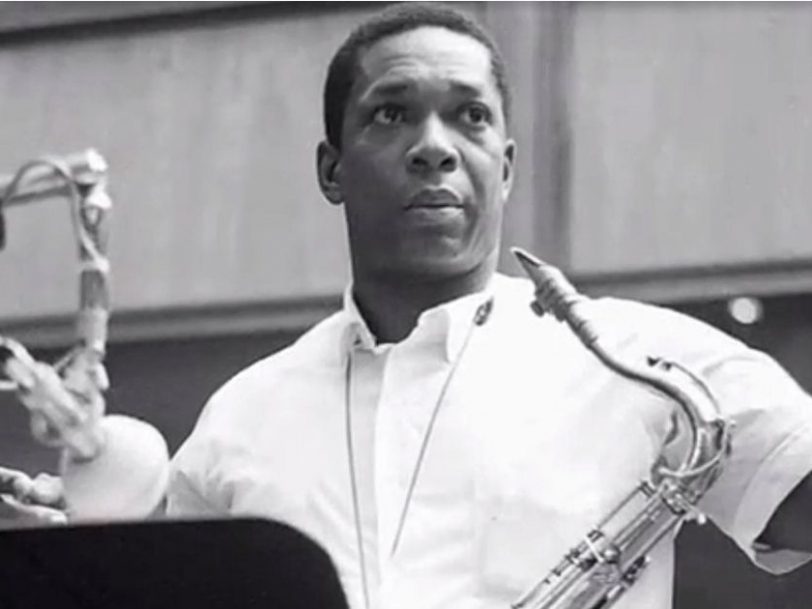One of the most expressive instruments in the woodwind family, the saxophone is capable of communicating a kaleidoscope of human emotions – everything from carnal desire to spiritual exaltation and all feelings in between. It’s been around for much longer than most people think – it was invented in 1846 by a Belgian instrument maker called Adolphe Sax – but took many years to gain acceptance and be taken seriously as an instrument. Though it’s been employed by some classical-music composers (among them Bizet, Rachmaninoff and Ravel), the saxophone is most associated with jazz music and, since the 30s, has reigned supreme in the genre that has produced most of the instrument’s most skilful players. In this countdown of the 20 best jazz saxophonists you’ll come across all kinds of players, from intrepid avant-garde trailblazers and dedicated hard bop apostles to soulful jazz-funk crusaders and more…
Best Jazz Saxophonists: 20 Icons Who Blew Their Way Into History
20: Joshua Redman (1969-)
The son of the noted avant-garde saxophonist Dewey Redman, who was part of Keith Jarrett’s American Quartet in the 70s, Berkeley-born Joshua Redman is a versatile and technically gifted musician who alternates freely between alto, tenor and soprano saxophones. After winning the Thelonious Monk International Jazz Saxophone Competition in 1991, he began his recording career in earnest, spending the first decade of his career at Warner Bros Records, where his music ranged from explorative post-bop outings to a more soulful and accessible type of R&B-tinged fusion.
Must hear: Jazz Crimes




